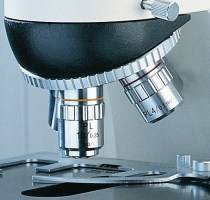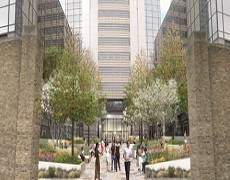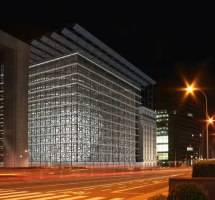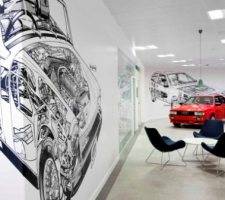January 22, 2015
MPs call on BBC to cut ‘staggering’ running costs of its estate
 The body which oversees UK public spending has criticised the way the BBC is running its estate following the publication of a National Audit Office (NAO) report. While the report praises certain aspects of the way the estate is managed, especially its strategy of rationalising space, the Public Accounts Committee (PAC) is heavily critical of the BBC’s failure to meet its target of costs capped at 6 percent of licence fee income and the way the costs of some buildings are unacceptably high, including at the revamped Broadcasting House in London (above). According to the PAC, the running cost of the building is significantly more than others in the same area and around three times higher than a UK average. The BBC defended itself, highlighting progress in many parts of its estate and claiming that such comparisons did not stand up to scrutiny.
The body which oversees UK public spending has criticised the way the BBC is running its estate following the publication of a National Audit Office (NAO) report. While the report praises certain aspects of the way the estate is managed, especially its strategy of rationalising space, the Public Accounts Committee (PAC) is heavily critical of the BBC’s failure to meet its target of costs capped at 6 percent of licence fee income and the way the costs of some buildings are unacceptably high, including at the revamped Broadcasting House in London (above). According to the PAC, the running cost of the building is significantly more than others in the same area and around three times higher than a UK average. The BBC defended itself, highlighting progress in many parts of its estate and claiming that such comparisons did not stand up to scrutiny.






 BBC Wales has exchanged contracts with the developer of its new 150,000 sq. ft headquarters in the centre of Cardiff. Although still subject to final planning consent and the approval of BBC executives, the building is an anchor site in the Foster + Partners masterplanned Central Square regeneration project and work is confidently expected to begin in the middle of 2015 for completion in 2017 with full occupancy expected the following year. The new building will be home to some 1,000 staff and has been targeted to achieve a BREEAM excellent rating. Developers Rightacres expect the Central Square mixed use project to provide around 1 million sq. ft of office, residential and retail space, creating one of Wales’ largest property developments and regeneration schemes in the heart of Cardiff on the site of the current bus station.
BBC Wales has exchanged contracts with the developer of its new 150,000 sq. ft headquarters in the centre of Cardiff. Although still subject to final planning consent and the approval of BBC executives, the building is an anchor site in the Foster + Partners masterplanned Central Square regeneration project and work is confidently expected to begin in the middle of 2015 for completion in 2017 with full occupancy expected the following year. The new building will be home to some 1,000 staff and has been targeted to achieve a BREEAM excellent rating. Developers Rightacres expect the Central Square mixed use project to provide around 1 million sq. ft of office, residential and retail space, creating one of Wales’ largest property developments and regeneration schemes in the heart of Cardiff on the site of the current bus station.















December 12, 2014
Can the workplace environment change an organisation’s culture?
by Adam Burtt-Jones • Comment, Workplace design
(more…)